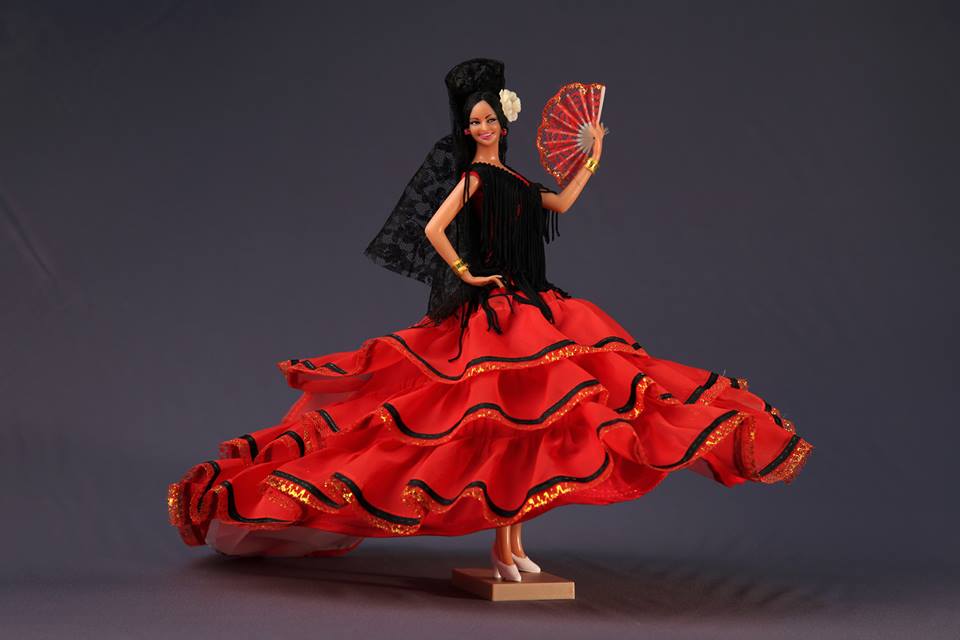Is there anything else in Spain apart from friendly people, sunny beaches, bullfights, football (soccer), flamenco and siesta?
Over the years, I (as well as many other Study Abroad professionals) have been working with students in trying to explain where this image of Spain comes from and to determine whether it is true or it is just another stereotype that we need to fight.
Many of us have heard students complaint because it was cold in Sevilla in November, or wanting to attend a bullfight (complicated show as it is), or a “true” flamenco show.
A research study published by the Universidad de Oviedo in 2014, describes where Spanish stereotypes come from and what is there of truth in them. It explains in detail why we share these stereotypes and why they have become so well spread. [i] One of the conclusions that it draws is that yes, stereotypes still exist, and mainly because us, Spaniards, spread them.
Stereotyping is a common practice, and it somehow helps us acquire the “essence” of a culture by reducing it to the common places that we all know about, but it can become a barrier in getting students access the true Spanish identity.[ii] As it happens with many other cultures, probably all of them, Spain is much more than its stereotypes.
One of the goals of Study Abroad and its professionals, as cultural facilitators, is giving students the necessary tools to learn about our culture by themselves and guide them throughout the learning process. We are acting as bridges between their home culture and the target one, and this means that we need to be well aware of the origin of these stereotypes and the reality of the Spanish culture. [iii]
Local Study Abroad faculty and administrators should then be natives of the Spanish culture or foreign citizens with a deep knowledge and good level of integration into the culture. Finding and training them is still a task to be done.
[i] http://dspace.sheol.uniovi.es/dspace/bitstream/10651/27990/3/TFM%20_Hern%C3%A1ndez%20Cort%C3%A9s.pdf
[ii] Bash, L. (2009). Engaging with cross-cultural communication barriers in globalized higher education: the case of research-degree students. Intercultural education, 20 (5), 475-483.
[iii] Dimitrov, N. & Haque, A. (2016). Intercultural teaching competence: a multidisciplinary model for instructor reflection. Intercultural education, 27 (5), 437-456.
Heineke, A., Ryan, A.M. & Tocci, C. (2015). Teaching, learning and leading: preparing teachers as educational policy actors. Journal of teacher education, 66 (4), 382-394.
Knight, S., Lloyd, G., Arbaugh, F., Gamson, D., McDonald, S., Nolan, J. & Whitney, A.E. (2015). Contextualizing versus internationalizing research on teacher education: competing or complementary goals?. Journal of teacher education, 66 (3), 197-200.
Nam, K., Weaver, G. & delMas, R. (2015). Major ethical issues in the field of intercultural relations: an exploratory study. International Journal of Intercultural Relations, 48, 58-74.

